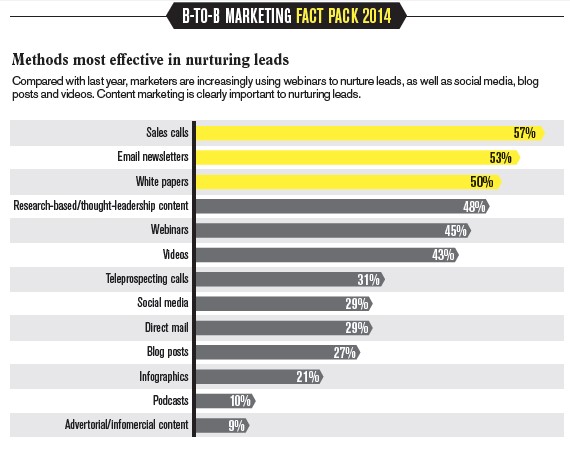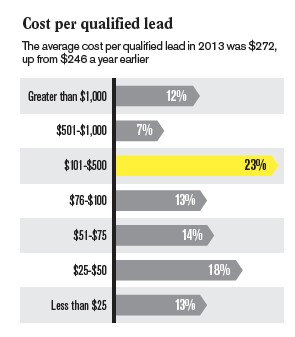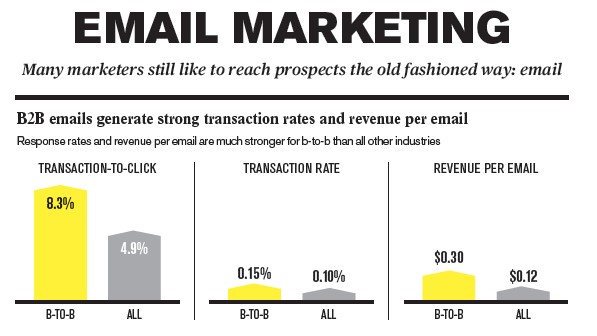- for Associations
- >
- Resources
- >
- Leveraging your data for non-dues revenue
Leveraging your data for non-dues revenue
New York Times Bestselling Author Suze Orman defines wealth as more than typical balance sheet assets, but the global set of resources one has at their disposal, whether it be their networks, talents or education. Associations should think of their internal data as one more pillar in their total wealth balance sheet.
Internal data is arguably an association’s most unique resource. Rather than letting it sit in a database or survey forms, it can be leveraged for its earning potential. This proprietary data tells businesses all about an association’s subscribers - ranging from their email addresses and how they perceive specific products and services all the way to their geographic locations.
In evaluating the balance sheet value of internal data, associations should consider the following questions:
How many businesses and individuals are in my association’s audience?
How much might they spend on products, goods and services as a group, annually?
What products and services does this audience use?
Where are these members located?
All of these questions are useful for determining how much a business might charge to have access to this audience.
Internal data is an invaluable asset
If one asks the right questions and gathers the right information in internal marketing surveys, forms and member profiles, all of the answers are readily available. Consider using internal data to identify the wants and needs of members. Match these acknowledged needs with interested businesses to create opportunities for non-dues revenue.
Use advertising opportunities to monetize association internal data
1. Consider networks and content as lead-generators
Many associations’ strengths lie in their robust mentoring, professional development, educational and networking programs, thereby making them ideally poised for content-based lead generation.
Association content builds a more trusted and appreciated relationship with members as they seek to become, or reinforce their position as, industry experts.
Furthermore, associations create the best types of content for developing leads. Email newsletters, white papers, research-based/thought-leadership content, webinars and video are five of the top six most effective methods for gathering qualified lead contacts.

2. Evaluate the cost of qualified leads for businesses
According to Ad Age, the cost of qualified leads on average was $272 in 2013. The average cost of leads is rising, as this figure increased by 10 percent over 2012. More than 50 percent of leads are worth more than $76.
Weigh the monetary amount each lead could be worth to a business with the investment the association made to earn the lead. Spread out over hundreds or thousands of members, the amount the association spent to generate leads is overwhelmingly less than their revenue potential.

3. Generate revenue from lead impressions
Associations can generate thousands of dollars of non-dues revenue from selling advertising space on their newsletters, videos, webinars and other high-lead-yielding content. MultiView partners with associations to sell advertising space on their content channels free of charge. Associations receive a monthly royalty check for every ad sold. This Monday alone, MultiView generated $57,600 worth of royalties for its association partners.
The potential of lead impressions even extend beyond association content – email addresses bear a mountain of potential for revenue generation.
Email marketing is perceived to yield a higher ROI and transaction rate for the business-to-business community than business-to-consumer. Transaction-to-click rates are 8.3 percent for B2B for email marketing versus a paltry 4.9 percent for all other industries.
Furthermore, email is a form of communication that is actually deemed more acceptable for marketing communication by consumers.
According to Click Z, 77 percent of people prefer email communication to more obtrusive social media and text messaging. Businesses understand email marketing’s potential. A recent report reveals that 64 percent of marketers plan to increase their email marketing spend.

Success Stories
View testimonials from other associations that share their MultiView success story
IAEE
NIADA
Vintage Racing League



